
Among the Vietnamese theatrical art forms, tuong is a unique art form, especially in the way of mask makeup. The tuong mask is hand-painted by the artist on his own face with strong lines, fresh colors, and flexible strokes according to the role.
Self-portrait masks are highly symbolic, possessing a very unique beauty thanks to their colors and composition. Through the principles of facial makeup, it is possible to identify the character's origin and personality traits.
The mask in a play is the soul of each character in each play. Just by looking at the face, you can tell if the character is good or evil, loyal or flattering, petty or noble...
The mask in a play is the soul of each character in each play. Just by looking at the face, you can tell if the character is good or evil, loyal or flattering, petty or noble...
Meritorious Artist Mai Ngoc Nhan, Deputy Head of Dao Tan Tuong Troupe ( Gia Lai Province Traditional Arts Theater), who has been involved in this unique art form for nearly 30 years, said: “Tuong art has its own character when using masks that the artists themselves draw on their own faces, so actors never use ready-made masks. We express happiness, sadness, laughter, and crying directly. The character's essence can be revealed just by blinking, raising an eyebrow, or stretching facial muscles... This is something that ready-made masks cannot do.”
The Tuong stage often gathers all the images of social classes, from kings and mandarins to the middle class, the poor... to arrange the characters according to the traditional model: actress, actor, general, flatterer, old man, old woman... From there, the concepts of red actor, blue actor, black, white, diagonal, striped actor as well as war actress, merchant actress, scene actress, love actress, or red old man, white old man, black old man and good woman, evil woman... were formed.
Those characters when brought to the stage are once again systematized and standardized by the way of drawing masks. You can look at the way of drawing faces to classify the characters into this or that group. Each actor is taught proper makeup and make-up right from when they are still in school.
According to makeup experts, for the Tuong stage, the ability to draw masks is also a part of the artist's artistic talent. For each role, the artist must learn to draw masks by memorizing, learning the colors and order, detailing the steps, and then drawing according to the image that previous artists have done.
To be able to make a mask, the artist must understand the rules of color coordination, character characteristics, and content of the play.
Not to mention, the art of Tuong in each region has its own uniqueness. For example, compared to Hue royal court Tuong, Northern Tuong or Hat Boi in Ho Chi Minh City, Tuong art in Binh Dinh has its own characteristics of a land with a martial tradition.
“Binh Dinh Tuong masks have elaborate makeup, sharp lines and their own beauty. A typical feature is the main drawing in Binh Dinh Tuong character makeup with a bird face (different from Southern Tuong which has a makeup similar to animal face...) because the character's nostrils look like two birds with their heads close together. To prepare for the performance, the actors will have to be present 1.5-2 hours before the opening to put on makeup and prepare costumes for the performance,” artist Mai Ngoc Nhan added.
A special thing is that Binh Dinh Tuong actors will apply makeup with two separate hands, on two halves of the face, instead of using the dominant hand, to apply makeup to the whole face. This is a very difficult operation and skill, requiring the actor to practice and master both hands, so that the painted face is balanced and even in color.
In traditional plays, mask models must be drawn according to ancient rules and standards. Each face is not only a work of art associated with a character on the stage, but it is also a masterpiece of the artist's craftsmanship. Each mask represents a personality, such as loyalty, kindness, bravery, or cunning, flattery, and evil. Each main color tone is associated with a specific character motif.
Artists must know all these rules by heart so that when applying makeup, they know where to start so that each mask is a unique work of art of stage painting.
In addition to dancing and singing, Tuong actors must also know how to draw masks. However, drawing a beautiful and correct mask is not simple.
For artist Mai Ngoc Nhan, when making masks for characters on the Tuong stage, he always keeps in mind that even if the artist performs successfully, if the Tuong mask is not beautiful or does not match the style and personality of the character, it is a sin against the profession.
For nearly 30 years, he has been involved in nearly a hundred plays and roles, and he has always painted his own masks. Perhaps it is his passion for the Tuong stage that has made his hands more skillful. In his spare time or when he has no performance schedule, he still goes to the theater to support and guide the next generations on how to apply makeup and paint their faces to suit their roles.
Nowadays, with the development of many other art forms as well as the change in audience tastes, the halo of the Tuong stage has also faded, not as before. This traditional art form has increasingly fewer audiences. Tuong art is almost only flourishing within the framework of competitions, festivals, performances, and festivals.
Tuong art is lacking audiences, lacking successors, lacking a suitable remuneration mechanism to train and retain young artists because training a Tuong artist is very difficult. Of all the traditional theatrical arts, learning Tuong is the most difficult, because it is a smooth combination of acting, singing and dancing.
(Artist Mai Ngoc Nhan)
“The art of Tuong is lacking audiences, lacking successors, lacking a suitable remuneration mechanism to train and retain young artists because training a Tuong artist is very difficult. Of all the traditional theatrical arts, learning Tuong is the most difficult, because it is a smooth combination of acting, singing and dancing,” artist Mai Ngoc Nhan worries.
With a heavy heart, with the desire to preserve the profession, artist Mai Ngoc Nhan and many actors of Dao Tan Tuong Troupe still persevere, trying to overcome current difficulties, silently keeping the fire of love for Tuong. The burning desire of artist Mai Ngoc Nhan as well as many artists attached to Tuong is that the quintessence of this art form will be preserved forever.
Source: https://nhandan.vn/am-tham-giu-lua-tinh-yeu-tuong-post918271.html





![[Photo] President Luong Cuong attends the 80th Anniversary of the Traditional Day of the Armed Forces of Military Region 3](https://vphoto.vietnam.vn/thumb/1200x675/vietnam/resource/IMAGE/2025/10/28/1761635584312_ndo_br_1-jpg.webp)




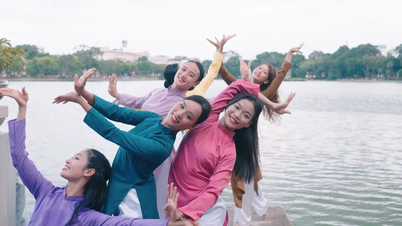

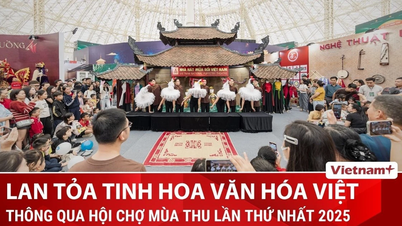



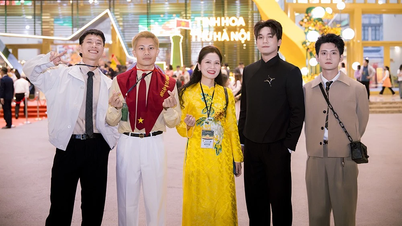






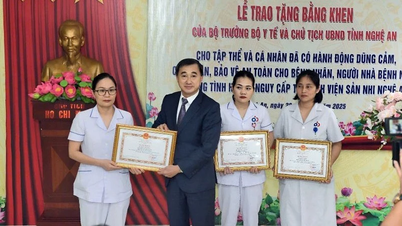


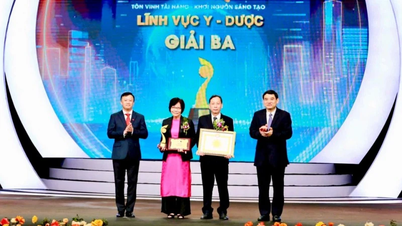
![[Photo] National Assembly Chairman Tran Thanh Man receives Chairman of the House of Representatives of Uzbekistan Nuriddin Ismoilov](https://vphoto.vietnam.vn/thumb/1200x675/vietnam/resource/IMAGE/2025/10/27/1761542647910_bnd-2610-jpg.webp)
![[Photo] The 5th Patriotic Emulation Congress of the Central Inspection Commission](https://vphoto.vietnam.vn/thumb/1200x675/vietnam/resource/IMAGE/2025/10/27/1761566862838_ndo_br_1-1858-jpg.webp)
![[Photo] Party Committees of Central Party agencies summarize the implementation of Resolution No. 18-NQ/TW and the direction of the Party Congress](https://vphoto.vietnam.vn/thumb/1200x675/vietnam/resource/IMAGE/2025/10/27/1761545645968_ndo_br_1-jpg.webp)




















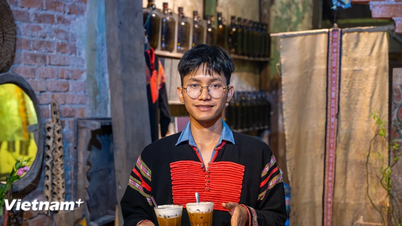
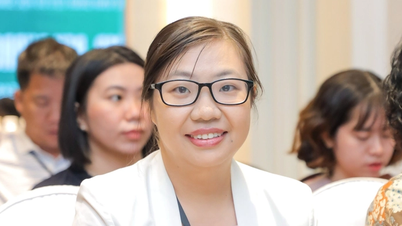
























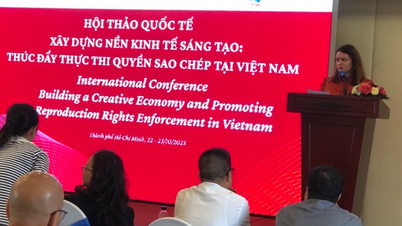







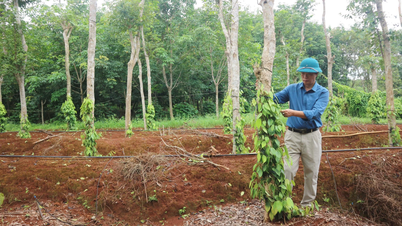














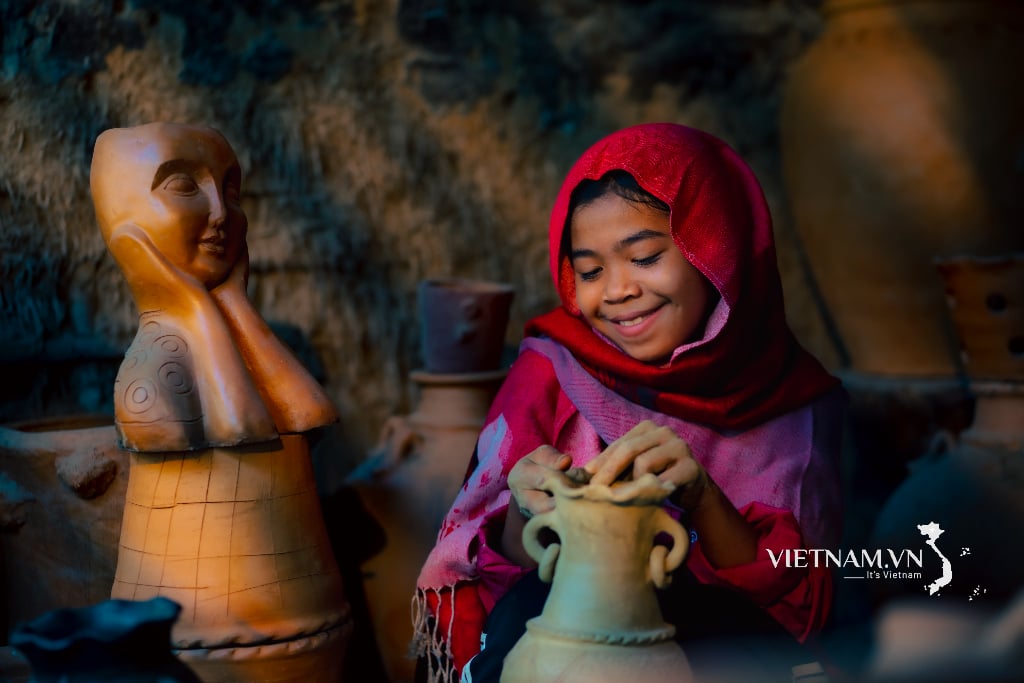


Comment (0)